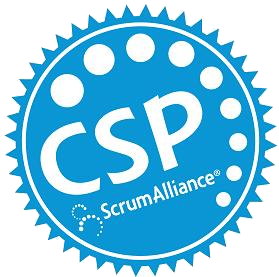The federal government is waking up to the incredible waste in software procurement. In 2010, the Office of Management and and Budget expressed concern about the expansive federal IT projects that have taken years to complete and have failed at alarming rates. OMB specifically noted that many projects follow “grand designs” to deliver capabilities in years, rather than decomposing projects in to manageable chunks that deliver value every few quarters. Similarly Congress has expressed interest in monitoring and and improving IT investments through hearings and other reviews.
As a result the Government Accounting Office is reviewing agile software practices and issued a new report.
Why GAO Did This Study
Federal agencies depend on IT to support their missions and spent at least $76 billion on IT in fiscal year 2011. However, long-standing congressional interest has contributed to the identification of numerous examples of lengthy IT projects that incurred cost overruns and schedule delays while contributing little to mission-related outcomes. To reduce the risk of such problems, OMB recommends modular software delivery consistent with an approach known as Agile, which calls for producing software in small, short increments. Recently, several agencies have applied Agile practices to their software projects.
GAO Develops an Impediment List
Federal Agencies encountered problems implementing agile practices that are typical in commercial software development firms. Aggressive assessment and remediation is required.
Federal Agency Impediment List
- Teams had difficulty collaborating closely.
- Procurement practices may not support Agile projects.
- Teams had difficulty transitioning to self-directed work.
- Customers did not trust iterative solutions.
- Staff had difficulty committing to more timely and frequent input.
- Teams had difficulty managing iterative requirements.
- Agencies had trouble committing staff.
- Compliance reviews were difficult to execute within an iteration time frame.
- Timely adoption of new tools was difficult.
- Federal reporting practices do not align with Agile.
- Technical environments were difficult to establish and maintain.
- Traditional artifact reviews do not align with Agile.
- Agile guidance was not clear.
- Traditional status tracking does not align with Agile






